First Aid Response to Car Accidents: Prioritizing Safety and Assessing the Scene
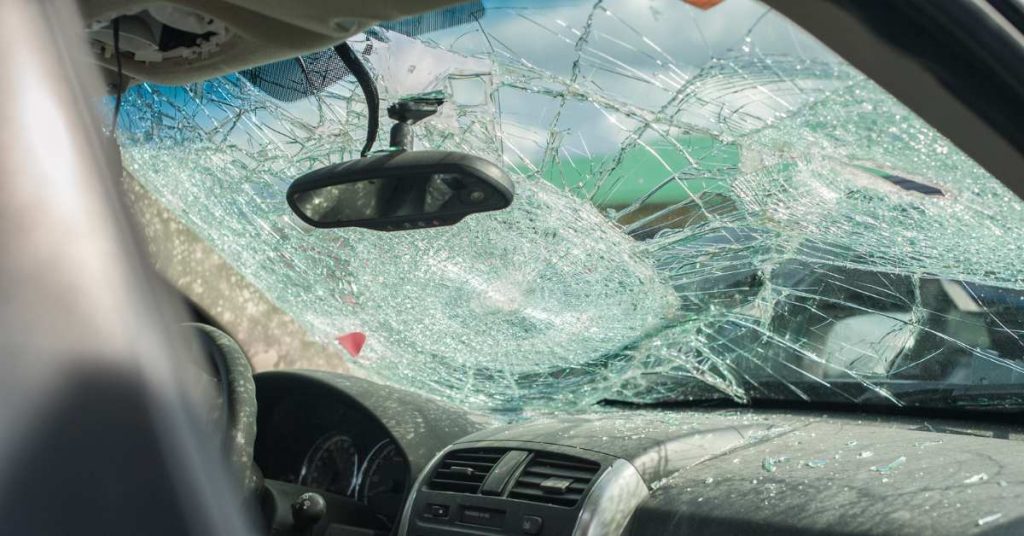
Every year, millions of people worldwide find themselves involved in car accidents, a significant portion of which result in injuries, and in some cases, fatalities.
The unexpected nature of these accidents means that they can happen to anyone, anywhere, and at any time.
While measures are constantly being implemented to reduce these occurrences, the unpredictable nature of road incidents means they remain a concerning reality for all road users.
Given this, having knowledge of basic first aid isn’t just a valuable skill—it’s a potential lifesaver. The immediate moments following an accident are crucial, and the right first aid response can mean the difference between life and death, minimising injuries, and ensuring the best possible outcome for those involved.
Prioritising Safety:
In the immediate aftermath of a car accident, it’s essential to prioritise safety above all else. The chaos and unpredictability of accident scenes can be overwhelming, but by taking systematic and well-informed steps, you can prevent further harm and provide effective assistance.
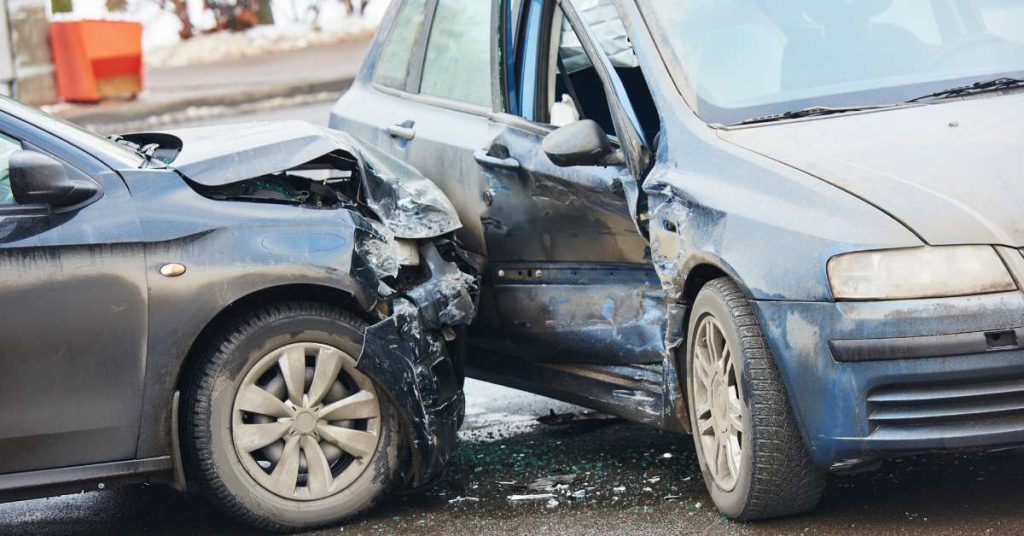
a. Personal Safety First
- Prioritize your wellbeing: Before you can assist others, ensure you are safe. An additional injured person only adds to the chaos.
- Safety measures to consider: Distance yourself from ongoing traffic, and if you’re involved, switch off your vehicle to reduce the risk of fires or further collisions.
- Immediate action: Reach out to emergency services without delay. Every minute counts in saving lives and preventing further injuries.
- Detailed communication: Offer clear details about your location, potential hazards, and the nature of the accident to ensure the right resources are dispatched.
c. Setting Up a Safety Perimeter
- Alert other drivers: Use whatever tools you have—hazard lights, flares, or cones—to warn approaching vehicles and reduce the risk of additional accidents.
- Strategic positioning: If possible and safe to do so, reposition vehicles to create a protective barrier for the injured and ensure a clear path for emergency responders.
Assessing the Scene
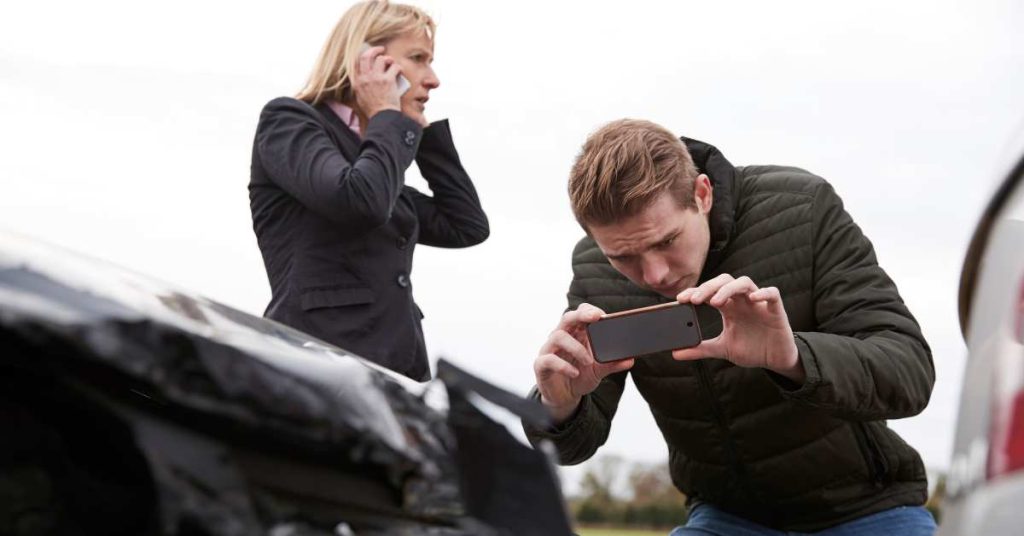
When arriving at or being involved in a car accident, it’s crucial to swiftly yet thoroughly assess the situation. This immediate evaluation determines the best course of action and ensures that aid is provided where it’s needed most. The scene of an accident can be complex and fraught with unseen dangers, but a systematic approach can guide one through the challenges and toward the most effective assistance.
a. Checking for Dangers
- Spotting hazards: Be vigilant about identifying imminent threats such as leaking fuel, emanating smoke, or downed electrical lines that could escalate the situation.
- Vehicle evaluation: Gauge the stability of the cars involved in the crash. An unstable car may pose risks of pinning or further injuring individuals, especially during rescue attempts.
b. Number and Condition of Casualties
- Initial headcount: Rapidly determine the number of casualties and gauge the severity of their injuries. This quick tally helps dictate immediate next steps.
- Movement considerations: Refrain from moving seriously injured individuals unless there’s a pressing threat like fire. Incorrect movement can exacerbate injuries, particularly spinal ones.
c. Prioritising Aid
- Adhering to triage: The principle of triage guides one to prioritise treatment based on the severity of injuries, ensuring the most critical get attention first.
- Addressing critical concerns: Immediate focus should be on life-threatening issues, ensuring victims have a clear airway, attending to severe bleeding, and stabilising fractures or significant injuries.
Offering First Aid
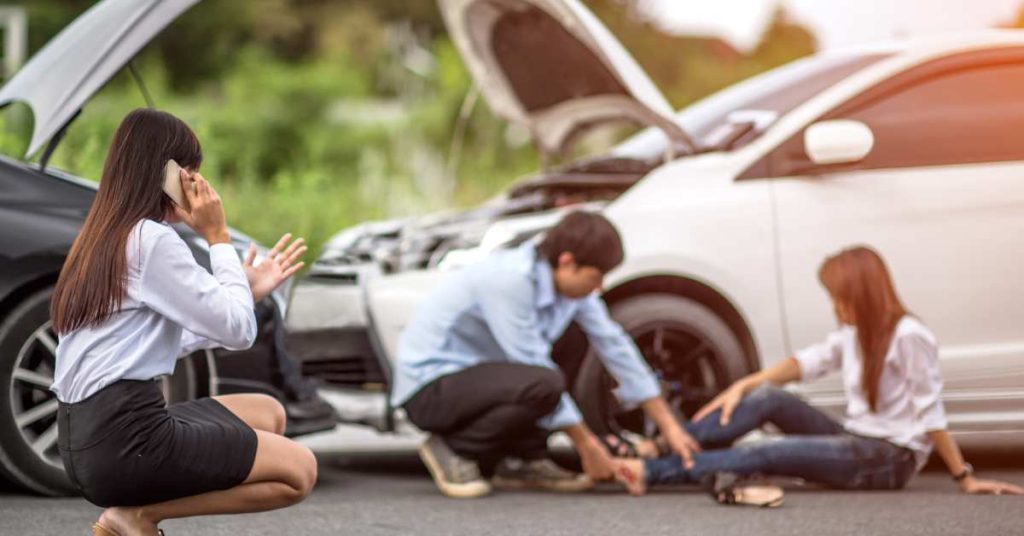
a. The ABC Principle – Airway: Ensuring the injured person’s airway is clear. – Breathing: Checking for signs of breathing and performing CPR if necessary. – Circulation: Assessing for severe bleeding and applying pressure.
b. Immobilization – Importance of keeping the injured person still if there’s a potential spinal injury. – Techniques for immobilizing neck and spine.
c. Shock Management – Recognising symptoms of shock. – Techniques to keep the victim warm and elevate legs, if no injuries prevent doing so.
Communicating with the Injured:
Amidst the turmoil of an accident, effectively communicating with the injured parties plays a pivotal role in their immediate well-being and subsequent care. It’s not just about assessing physical injuries; it’s about addressing the emotional and mental distress that such events inevitably bring.
A supportive and structured approach to communication can significantly influence the situation, ensuring the injured are in the best possible state when professional help arrives.
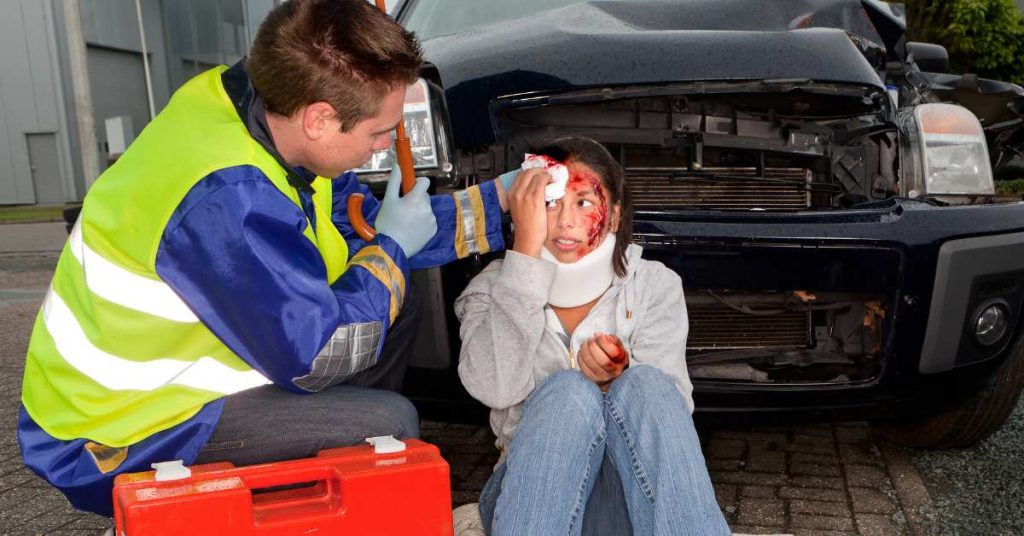
Offering reassurance and comfort:
- Consistent verbal assurance helps stabilise emotions.
- A calm demeanor can be contagious, helping victims feel more at ease.
Gathering information:
- Enquiring gently about pain or discomfort can help pinpoint injuries.
- Learning the sequence of events can provide a clearer picture of potential internal injuries or trauma.
Keeping them informed:
- Continually updating them about the arrival of emergency services offers hope.
- Explaining any first aid actions you’re taking can prevent panic and allow for their cooperation.
Preparing for Professional Help:
As emergency responders approach the scene, the groundwork laid by those first on site becomes invaluable. Ensuring that professional medical teams and rescuers can access and assess the situation swiftly can drastically influence the outcomes for those injured.
The handoff of knowledge, from bystanders or first responders to professionals, is a seamless transfer that bolsters the effectiveness of care, ultimately optimizing the chances of recovery for all involved.
-
Clearing a path for emergency responders:
- Remove any obstacles or debris that might hinder access.
- Direct traffic or crowds if necessary, ensuring a quick and unhindered approach to the scene.
-
Providing essential information:
- Relay specifics about the accident, such as the number of vehicles involved or potential hazards.
- Detail the number of injured parties, their locations, and any noticeable severe injuries.
-
Accounting for first aid given:
- Inform the professionals about any first aid measures taken, from CPR to wound dressing.
- Highlight any immediate concerns or changes in the condition of the injured to ensure continuity of care.
The First Aid Nest run public and workplace first aid courses, Australia wide.
Our workplace first aid courses can be run at your site.
Our public classes are here in Sydney and are the best option if you are an individual, a couple or a group
of just a few people.
Our sophisticated system will take the headache out of renewal for you too. Lose your certificate? No problem, just log in and download your certificate again anytime. We will also send you reminders about when your certificate is about to expire!
Book your spot or workplace with us today, contact us with any questions, or head to our FAQ page

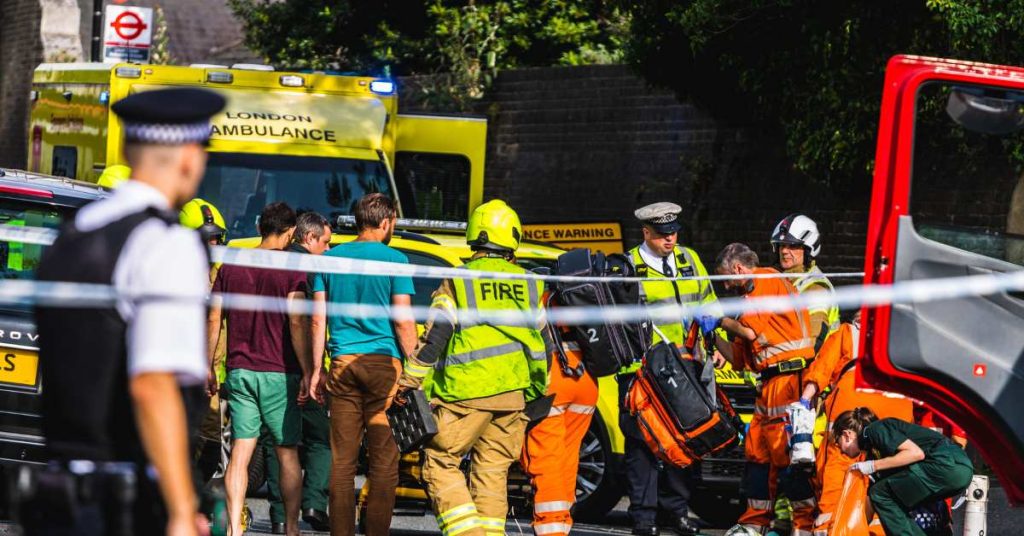

As there is increasing number of electric cars on roads, I’d like to read specific plan how to assist in case there is electric car accident. Many people are not aware that electric car possesses risk of electrical discharge during touching it in case battery is damaged.